Retro Replay Review
Gameplay
The core gameplay of Gyuwambler Jiko Chūshinha: Katayama Masayuki no Mahjong Dōjō stays true to traditional Japanese 4-player mahjong rules, offering a faithful tabletop simulation that will satisfy seasoned veterans. You can choose from a standard free play mode, where you pick your table settings, round lengths, and optional house rules to tailor matches to your liking. The game’s AI opponents cover a range of playstyles, from cautious tile collectors to aggressive riichi callers, ensuring you’ll need to adapt your strategy each round.
(HEY YOU!! We hope you enjoy! We try not to run ads. So basically, this is a very expensive hobby running this site. Please consider joining us for updates, forums, and more. Network w/ us to make some cash or friends while retro gaming, and you can win some free retro games for posting. Okay, carry on 👍)
Story mode injects a narrative spin into the classic format. You follow Katayama’s cast of high-school students as they use mahjong matches to settle petty disputes and personal rivalries. Each duel introduces new characters with unique behavior patterns—some bluff relentlessly, others patiently wait for their winning hand—keeping each encounter fresh and engaging. Cutscenes between matches are lighthearted and often humorous, giving context to why these teenagers are so passionate about their tile-clashing showdowns.
For newcomers or those looking to refine their tactics, the “Mahjong Dōjō” mode serves as an interactive tutorial. You’ll face quiz-style challenges on yaku identification, scoring calculations, and defensive play. Completing drills not only boosts your in-game ranking but also unlocks bonus content, such as alternative mahjong table themes. The pacing here is well calibrated—each lesson builds logically on the previous one, ensuring you don’t feel overwhelmed by complex scoring nuances right away.
Graphics
Visually, the game strikes a pleasing balance between manga-inspired character art and the clean, functional layout expected of a mahjong simulator. Portraits of Katayama’s heroes and rivals are rendered with bold linework and expressive facial animations, lending charm to each confrontation. Between hands, the static backgrounds subtly reference locations from the original manga, such as school rooftops or local arcades, immersing fans in a familiar world.
The mahjong tiles themselves are crisp and clearly legible, with traditional Chinese characters that pop against the dark table mats. Animations for tile draws, discards, and calls like pon, chi, or kan are kept simple and understated, preventing visual clutter during intense turns. Yet little touches—such as a subtle glow on a winning tile or a triumphant jingle when you declare riichi—add gratifying feedback without overstaying their welcome.
Menus and UI elements are intuitive, with icons and tooltips that explain rules or display hidden opponent waits. Whether you’re customizing the jokers or toggling furiten warnings, everything remains a click or a button press away. This clarity makes it easy to focus on tactics rather than wrestling with convoluted interface layers.
Story
The narrative arc in Story Mode unfolds over several chapters, each focusing on a different character’s personality and motivation. You quickly learn that these students wield mahjong not just for fun, but as a theatrical stage for dramatic showdowns. Humorous dialogue bubbles pop up during tile exchanges, highlighting rivalries and forging bonds as you progress. It’s light comedy rather than high-stakes drama, but it suits the laid-back atmosphere.
Character development is nicely handled through short interstitial scenes between matches. For instance, an overconfident rival may hijack the dialogue with taunts, only to sheepishly admit respect if you outmaneuver them. Meanwhile, supportive classmates offer hints or congratulate you, creating a sense of camaraderie. Though the story is simple, it adeptly introduces each opponent’s quirks and preferred strategies, weaving narrative purpose into gameplay challenges.
For fans of Masayuki Katayama’s manga, this story mode adds an extra layer of nostalgia. Familiar faces reappear, complete with signature catchphrases and distinctive table manners. If you’ve never read the source material, the game still stands on its own as a jaunty mahjong adventure; the plot isn’t essential, but it enriches the experience for those seeking context behind each match.
Overall Experience
Gyuwambler Jiko Chūshinha: Katayama Masayuki no Mahjong Dōjō succeeds at delivering both a solid mahjong simulator and a charming thematic package for manga fans. Its free play mode offers the depth and customization expected by traditionalists, while the Story and Dojo modes cater to newcomers and casual players aiming to learn the ropes. The seamless integration of tutorial quizzes ensures you can improve your skills without resorting to external guides.
The game’s presentation strikes a perfect chord between functionality and flair. Clean UI design, crisp tile graphics, and character art inspired by the manga all work together to create an inviting environment for lengthy sessions. Audio cues, though minimal, highlight key moments without distracting from the strategic flow of each round.
Whether you’re looking to perfect your tenpai reading, challenge friends in local multiplayer, or simply enjoy a spirited mahjong narrative, this title offers excellent value. Its blend of traditional gameplay, lighthearted storytelling, and skill-building exercises makes it an engaging package for both beginners and seasoned players. If you’ve ever been curious about Japanese mahjong or a fan of high-school comedic duels, Gyuwambler Jiko Chūshinha provides an accessible, replayable dojo to sharpen your tiles and your tactics.
 Retro Replay Retro Replay gaming reviews, news, emulation, geek stuff and more!
Retro Replay Retro Replay gaming reviews, news, emulation, geek stuff and more!
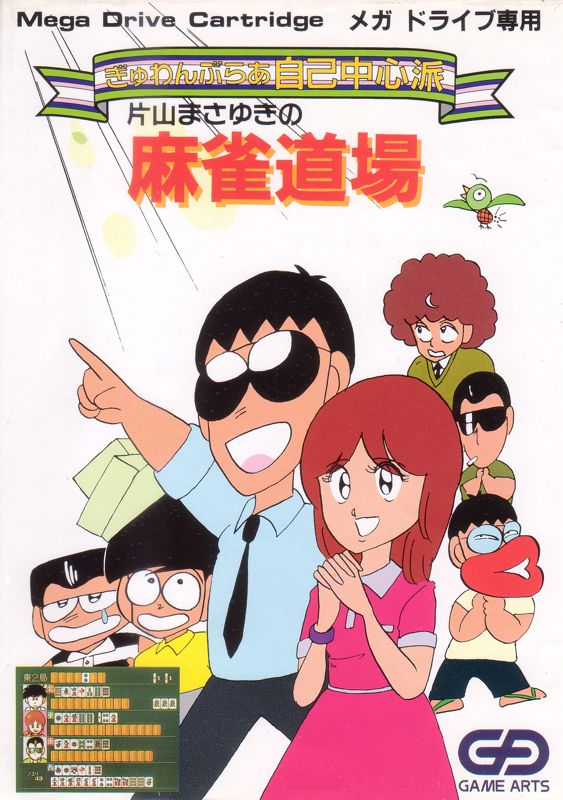
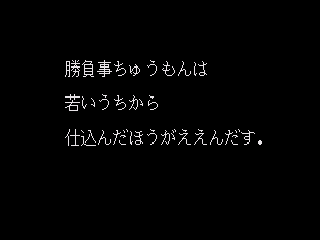
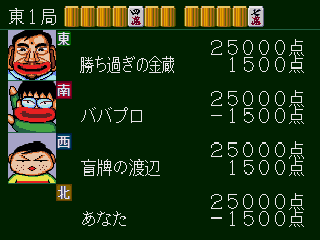
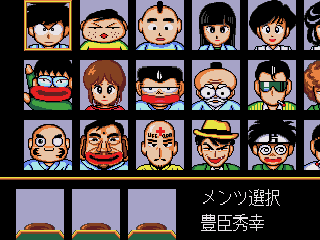
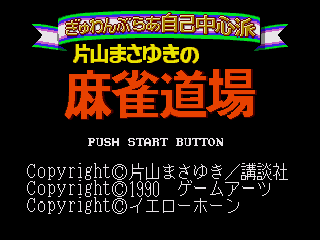
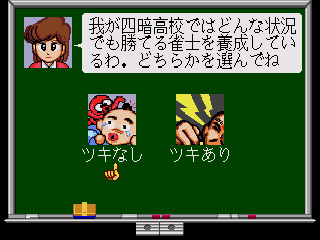


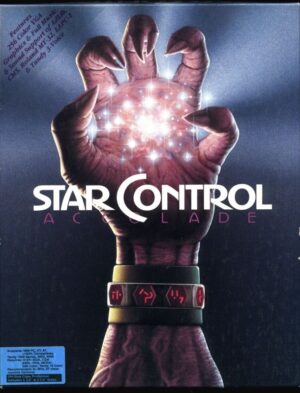
Reviews
There are no reviews yet.